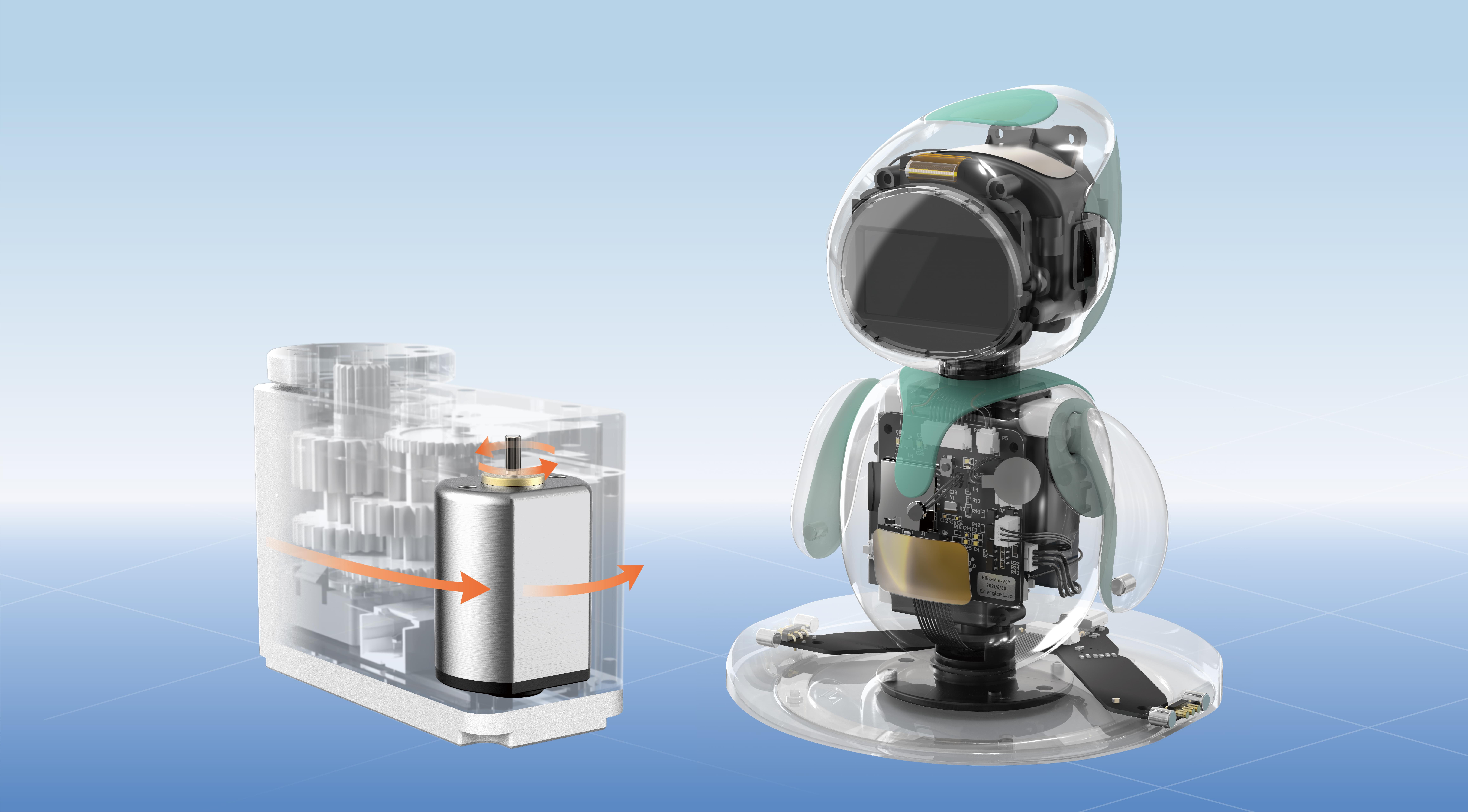When it comes to building scalable, efficient applications in Java, embracing a microservice architecture is becoming a game-changer for many companies. But what makes it so special? Let’s break it down in a way that keeps things clear and relatable.

First off, microservice architecture is like taking a giant monolithic application and splitting it into smaller, more manageable pieces. Think of it as breaking down a huge complex puzzle into smaller chunks that are easier to handle. Instead of having one massive codebase for your whole application, microservices let you build each part independently, which is a huge win when you need to update, scale, or debug.
But why Java? Well, Java’s been around for decades and has built a solid reputation for reliability and scalability. It’s no wonder it’s one of the top choices when working with microservices. Java’s rich ecosystem, with tools like Spring Boot and Dropwizard, makes it easy to set up and manage microservices. It’s all about giving developers the flexibility they need without sacrificing performance.
If you’re familiar with traditional monolithic architectures, you’ll know how cumbersome it can be to make updates. When everything’s in one place, a small change in one part can have ripple effects across the entire application. Microservices, on the other hand, allow you to update or scale individual services without affecting the whole system. This means faster development cycles, quicker bug fixes, and an overall more agile environment.
One of the standout benefits of a microservice approach in Java is its ability to scale. Let's say you have a particular service that’s seeing a lot of traffic, but the rest of the system isn't. With microservices, you can scale just that part of the system, without wasting resources on the other services. That kind of flexibility is a game-changer for performance.
Security? It’s often a concern when dealing with distributed systems. But in a well-designed microservice architecture, each service can have its own security protocols, which reduces the risk of a breach in one service affecting others. Plus, Java’s built-in security features are robust, so it’s easier to maintain tight security across your microservices.
Now, the question might come up: "Is this complexity really worth it?" It’s a valid question. Sure, microservices come with their own set of challenges, like managing inter-service communication and ensuring data consistency across services. But once you get the hang of it, the benefits in scalability, flexibility, and maintainability far outweigh the initial setup hurdles.
Plus, in today’s fast-paced world, where companies are constantly evolving, the ability to quickly add new features or pivot becomes critical. Microservices make that possible. You’re no longer tied to a single codebase—each service can evolve on its own, without waiting for the entire application to catch up.
In conclusion, Java and microservices are a powerful combination for modern software development. They allow businesses to create faster, more scalable, and more secure applications, all while providing the flexibility needed to stay ahead of the competition. Whether you’re building a new system or transitioning from a monolithic approach, microservices offer a path forward that’s both practical and promising.
Established in 2005, Kpower has been dedicated to a professional compact motion unit manufacturer, headquartered in Dongguan, Guangdong Province, China. Leveraging innovations in modular drive technology, Kpower integrates high-performance motors, precision reducers, and multi-protocol control systems to provide efficient and customized smart drive system solutions. Kpower has delivered professional drive system solutions to over 500 enterprise clients globally with products covering various fields such as Smart Home Systems, Automatic Electronics, Robotics, Precision Agriculture, Drones, and Industrial Automation.




































